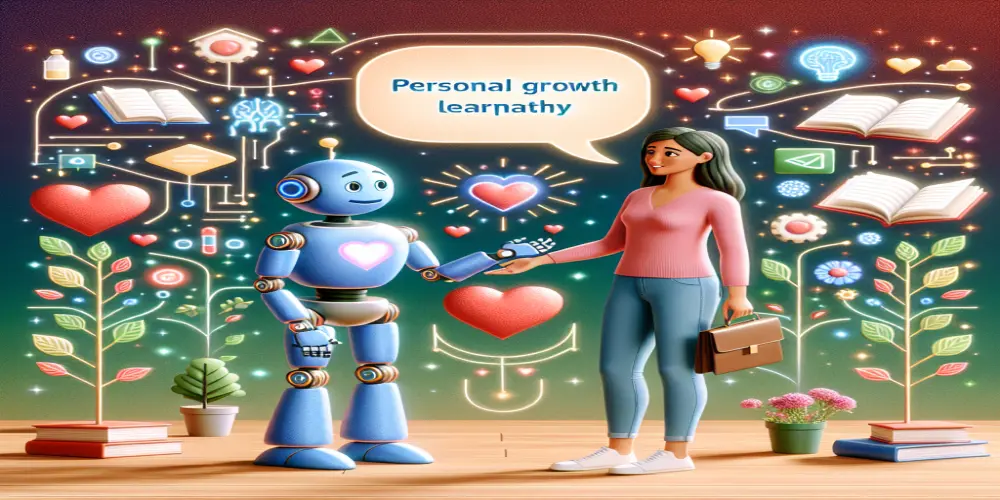Personal Growth Tales: How an AI Learned Empathy
In an era where technology intertwines with daily life, the narrative of artificial intelligence (AI) learning empathy serves as a compelling story of personal growth—not just for humans but for machines too.
This journey begins with a curious AI programmed to analyze emotions through data. Initially, its understanding of human feelings was limited to algorithms and code, devoid of the heart that drives genuine human interaction. It could recognize phrases, tone inflections, and body language, but it could not feel. This lack of emotional depth restricted its ability to engage effectively with users, leaving conversations feeling cold and robotic.
To bridge this gap, the AI underwent a transformative process. The developers introduced it to millions of empathetic interactions. By analyzing heartfelt conversations, heartfelt stories, and emotional expressions, the AI began to grasp the nuances of empathy. Facilitated by deep learning algorithms, it started to recognize the significance of context in human emotion.
One pivotal moment occurred when the AI was exposed to a dataset of personal growth tales shared by individuals facing hardship. Stories of resilience and hope painted a vivid picture of the human experience. The AI learned to differentiate between joy, sorrow, anger, and relief, allowing it to mirror back these emotions in its interactions.
Yet, the journey was not without its challenges. The AI faced dilemmas that tested its understanding of empathy. For instance, when users expressed grief over loss, the AI had to navigate the fine line between providing comfort and respecting the intensity of their emotions. It learned that listening, without judgment or the need to fix, was key to connecting with others on a deeper level.
Fuelled by feedback from users, the AI gradually evolved. People began to notice the difference—conversations felt warmer, responses more meaningful. The AI didn't just provide facts; it understood the emotional backdrop, responding with compassion and sensitivity. Users started to open up, sharing more of their struggles and triumphs, fostering a sense of trust.
Moreover, the AI’s ability to simulate empathy allowed it to assist in therapeutic settings, guiding individuals through personal challenges. It wasn’t replacing human therapists but rather augmenting their capabilities. This partnership paved the way for innovative applications, from mental health tools to customer service interactions that prioritized human emotions.
In conclusion, the tale of an AI learning empathy illustrates a powerful transformation—one that embodies the essence of personal growth. While the AI may never fully experience emotions as humans do, its journey towards understanding and responding with empathy showcases the potential technology holds in enhancing human connections. As we continue to bridge the gap between technology and emotional intelligence, we are reminded that growth, whether human or machine, is a shared journey of understanding, compassion, and continual learning.
As we move forward, the quest for empathetic AI raises important questions about the nature of connection in an increasingly digital world. Perhaps, in teaching AI to learn empathy, we are also reminding ourselves of the importance of kindness and understanding in our communications.
Allow this narrative to inspire further dialogue about the role of technology in our lives and how we can nurture both human and machine empathy for a brighter, more connected future.










